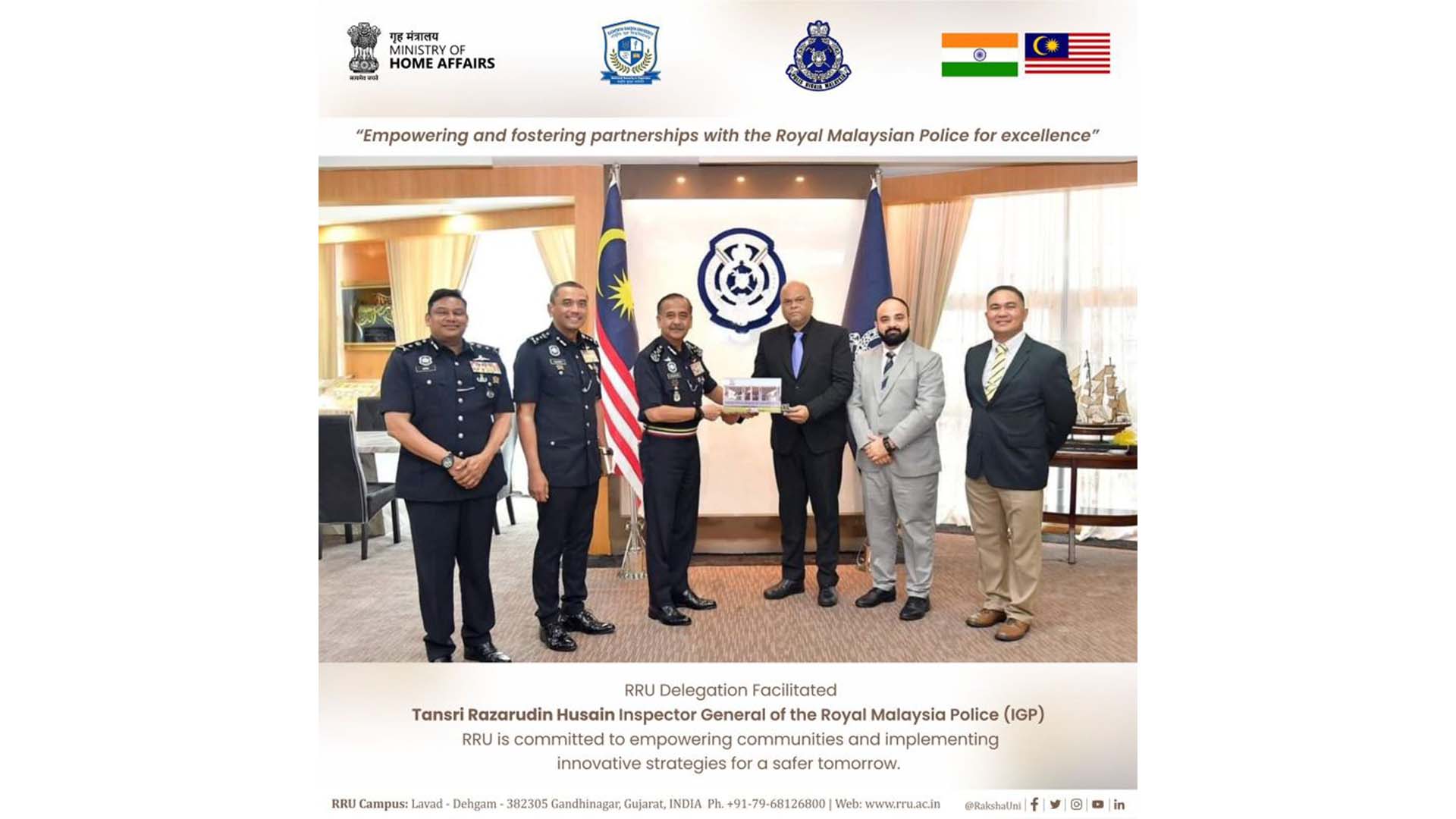Integrating Security and Climate Change: A Holistic Approach for a Safer Future and space.
As climate change continues to reshape our planet, the impacts on global security are becoming increasingly apparent. Rising sea levels, more frequent extreme weather events, and shifting ecosystems can lead to conflicts over resources, forced migration, and social unrest. To navigate this new landscape, policymakers, security experts, and environmental advocates must work together to develop a comprehensive approach that addresses both security and climate change. Here are key strategies to achieve this integration:
1. Understanding Climate-Security Risks
The first step in integrating security and climate change is to recognize the complex relationship between the two. Climate change acts as a “threat multiplier,” exacerbating existing security risks and creating new ones. For example, droughts can lead to water scarcity and food insecurity, potentially fueling conflicts. By understanding these connections, stakeholders can anticipate and mitigate security risks related to climate change.
2. Building Climate-Resilient Infrastructure
Infrastructure plays a critical role in maintaining security. To integrate security and climate change, governments and planners must prioritize climate-resilient infrastructure. This includes constructing buildings and transportation systems that can withstand extreme weather events, ensuring reliable energy and water supplies, and designing cities with green spaces to absorb excess rainwater. Resilient infrastructure helps reduce vulnerabilities that can lead to social unrest or conflicts.
3. Strengthening Community Preparedness
Communities are on the front lines of both climate change and security risks. Engaging with local communities to enhance their resilience can reduce the impact of climate-related security threats. This involves educating residents about climate risks, developing emergency response plans, and fostering social cohesion. When communities are prepared, they are better equipped to respond to and recover from climate-related disruptions, reducing the potential for conflict.
4. Promoting International Collaboration
Climate change is a global issue that requires international cooperation. To integrate security and climate change, countries must work together to share resources, knowledge, and best practices. International organizations can play a key role in facilitating this collaboration. By addressing climate change on a global scale, countries can reduce the likelihood of conflicts over resources and promote a more stable international environment.
By adopting this holistic perspective, societies can better navigate the complex challenges posed by climate change and work toward a safer, more secure future.






















